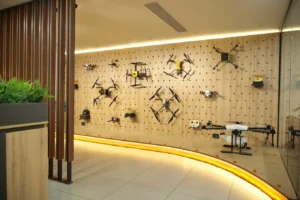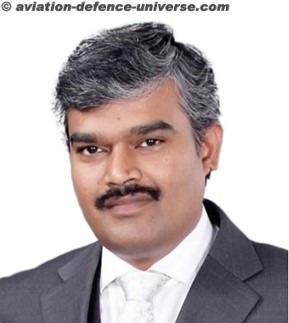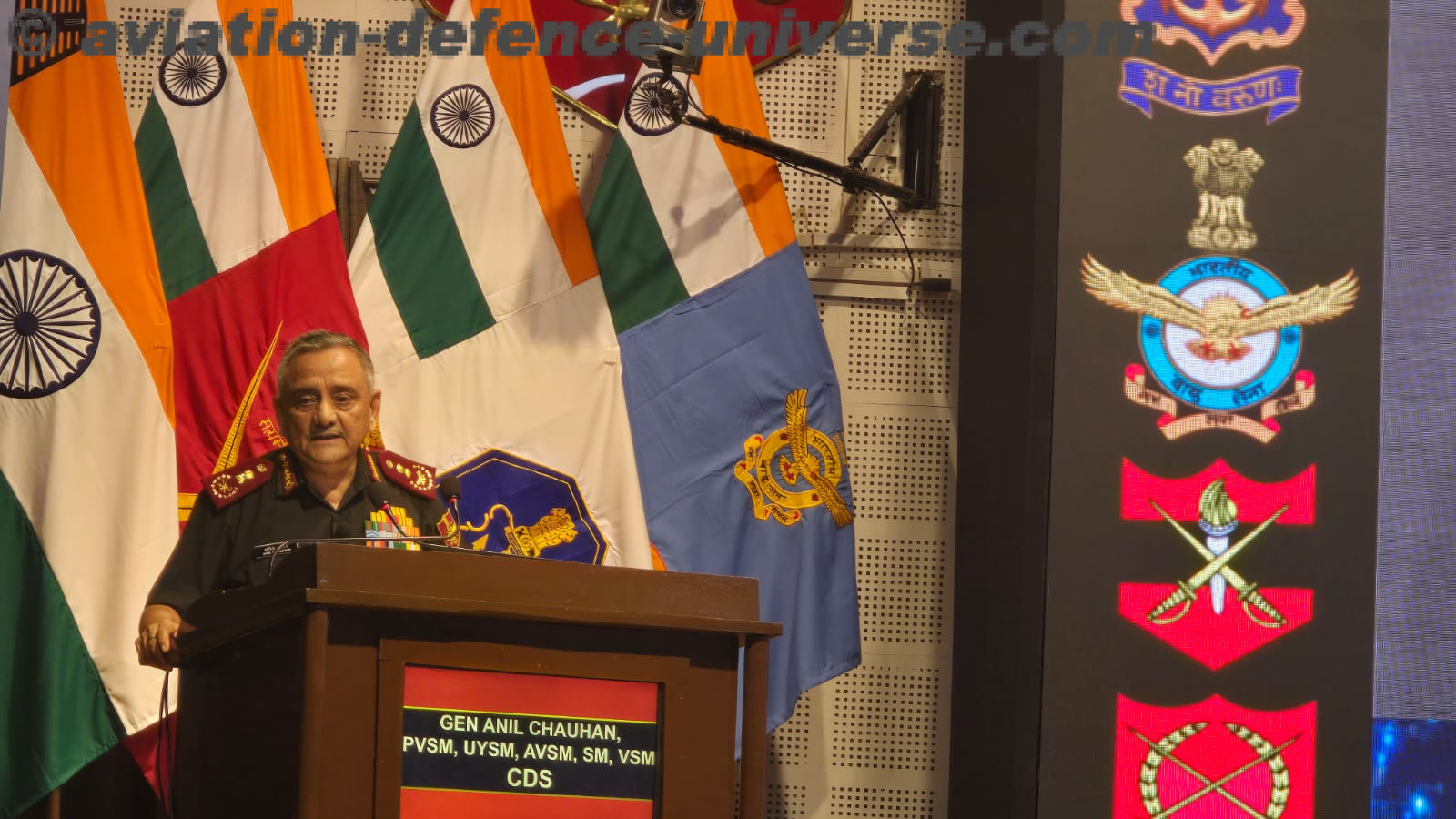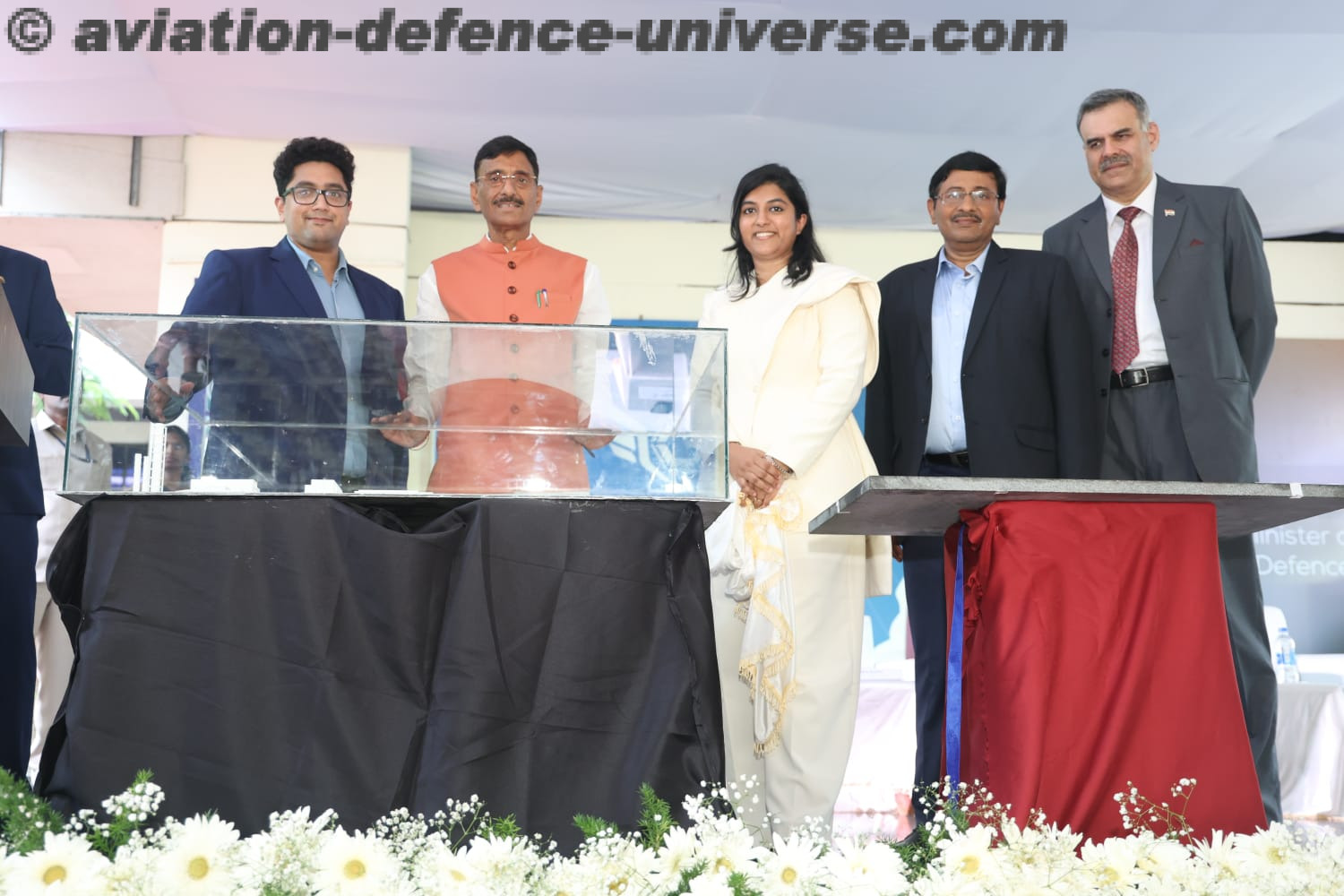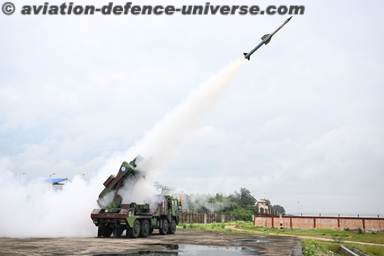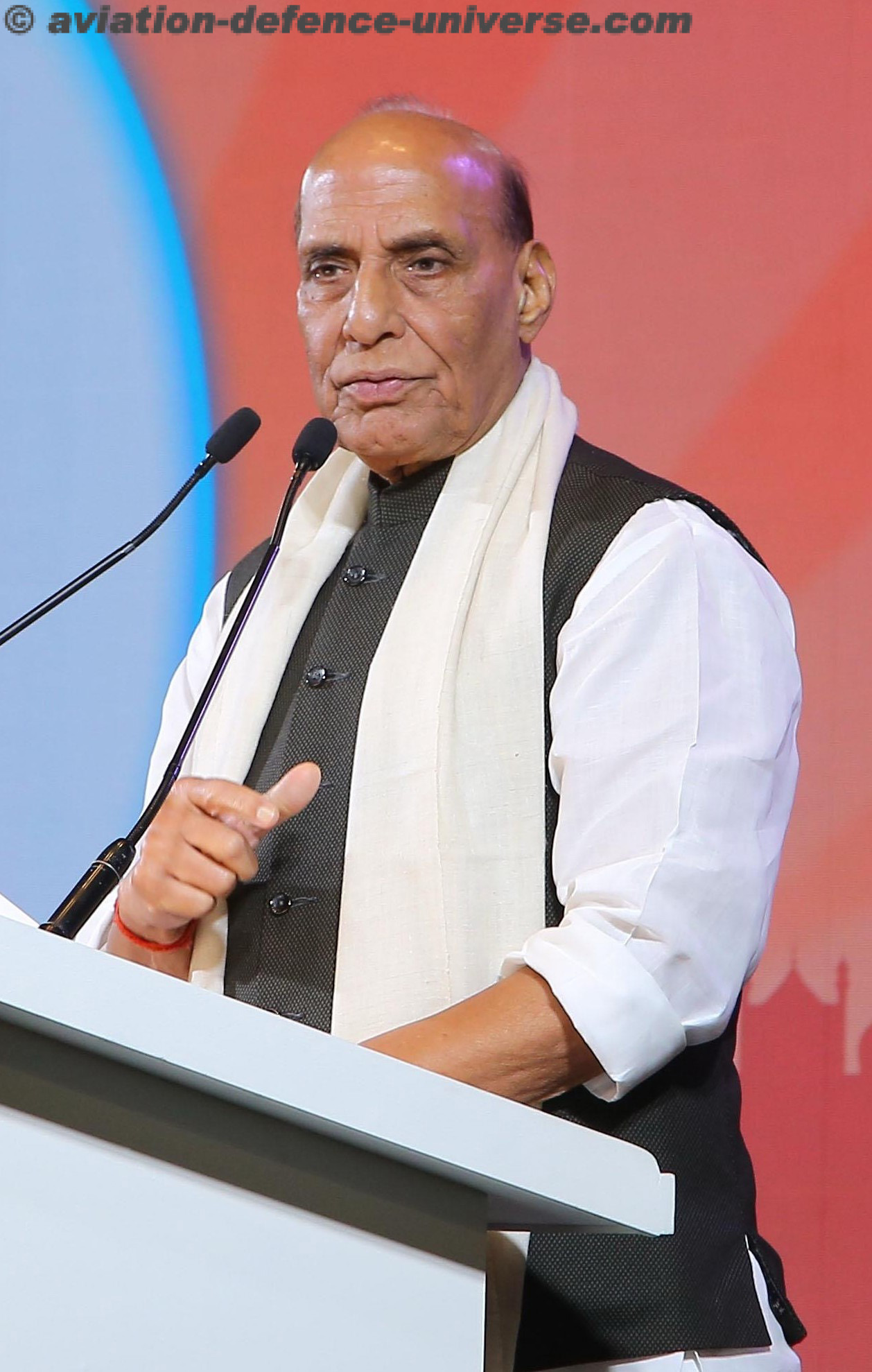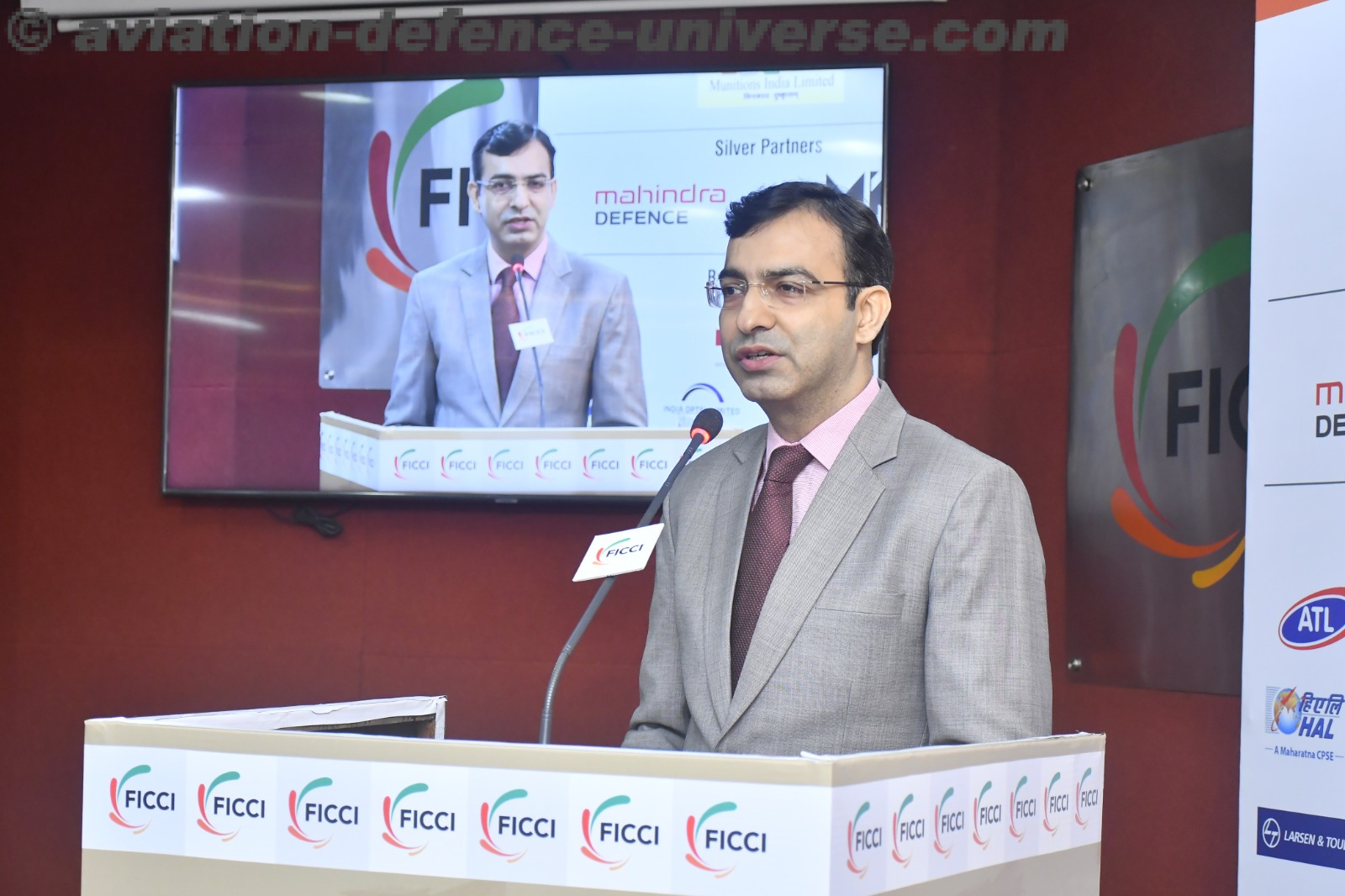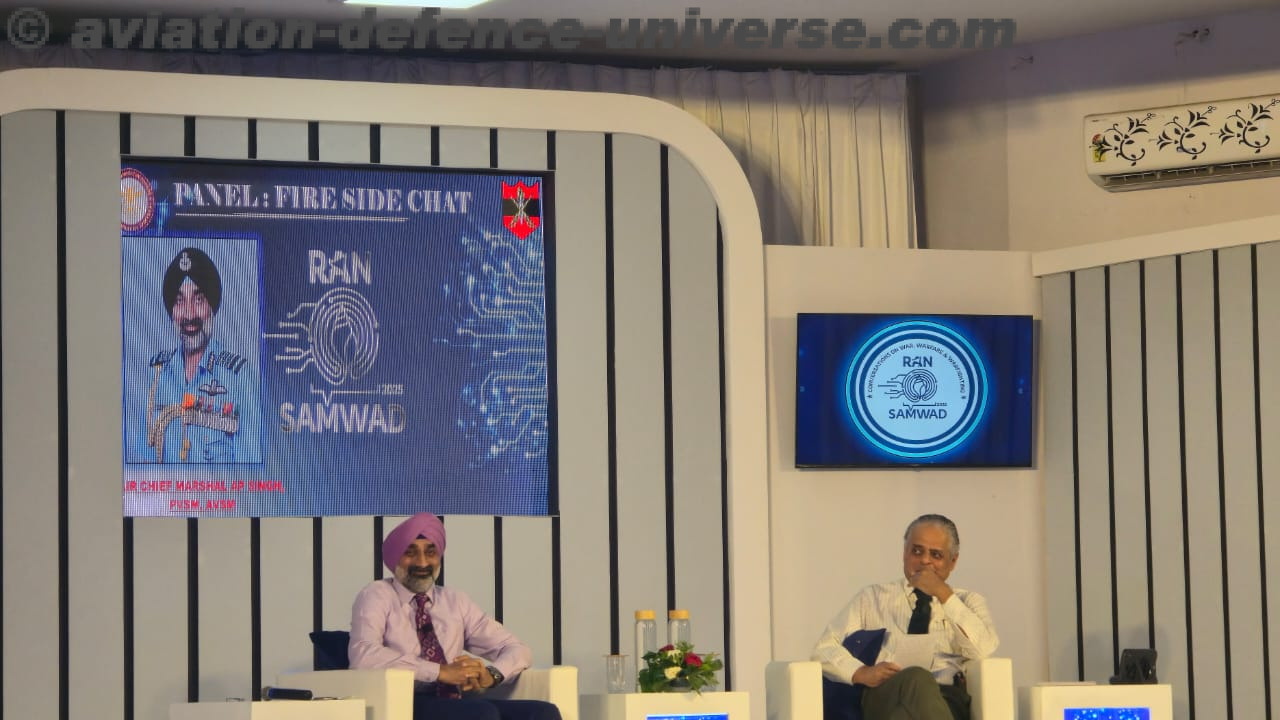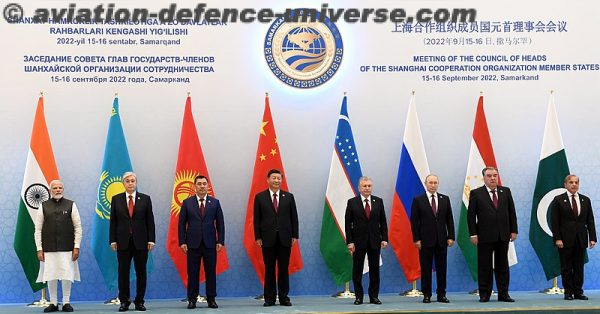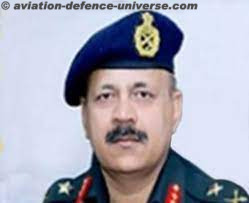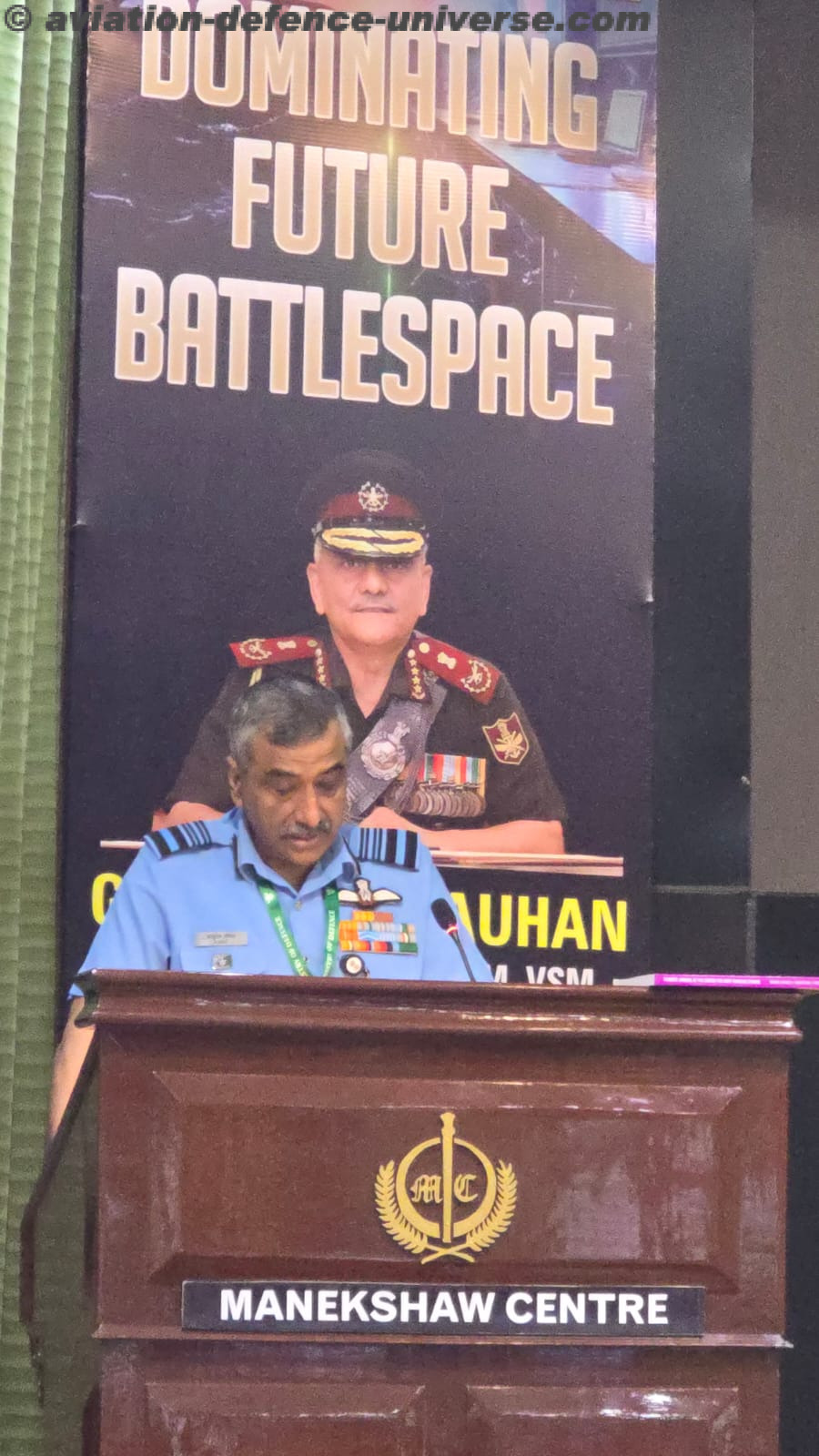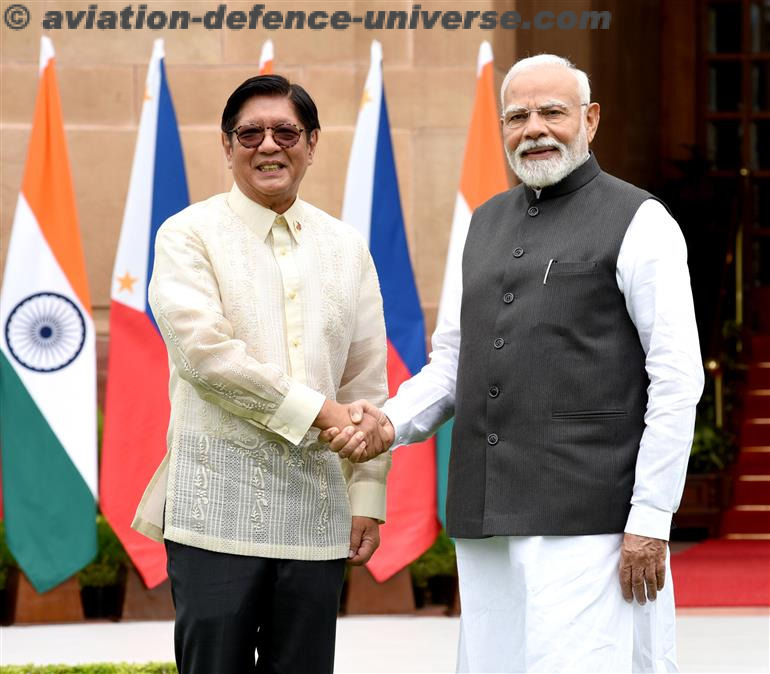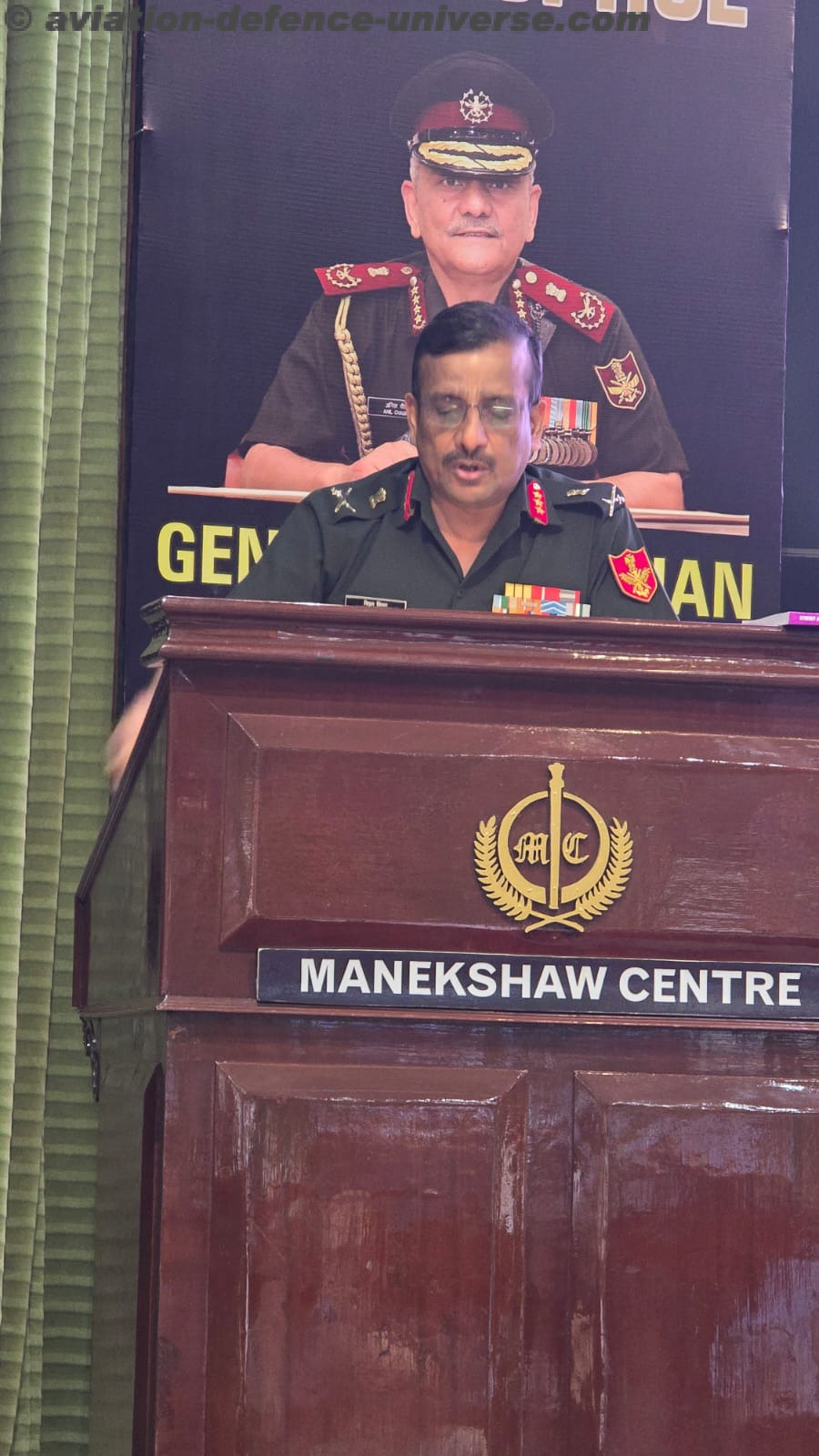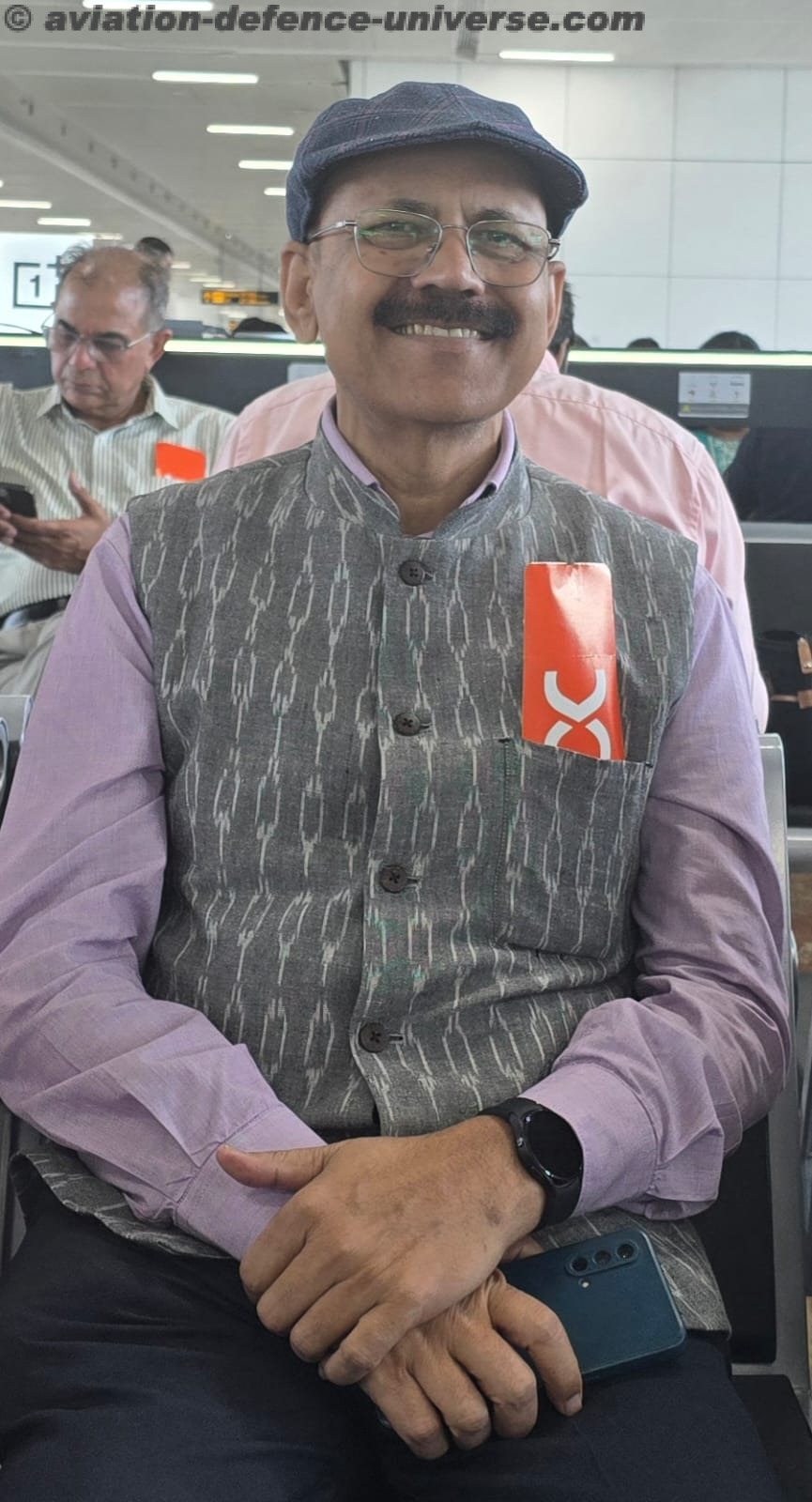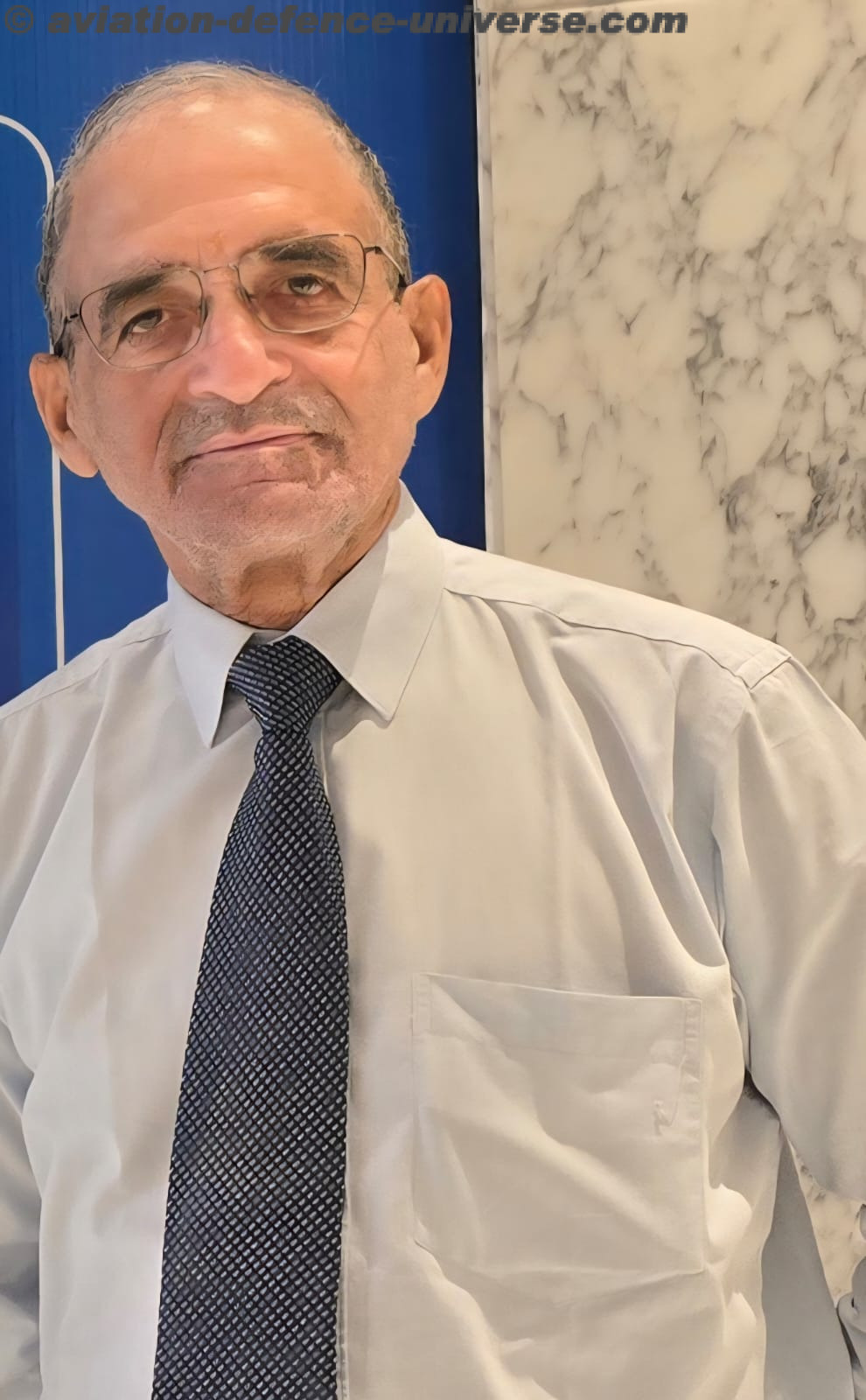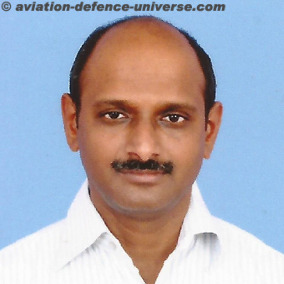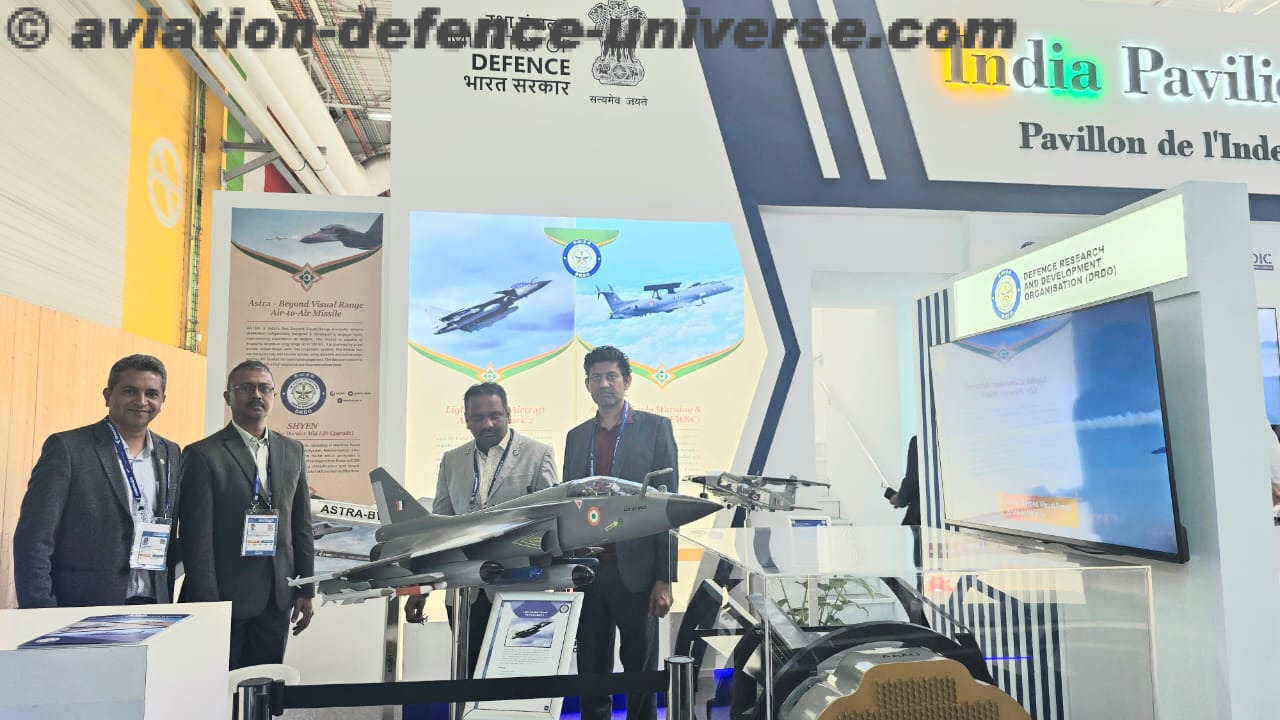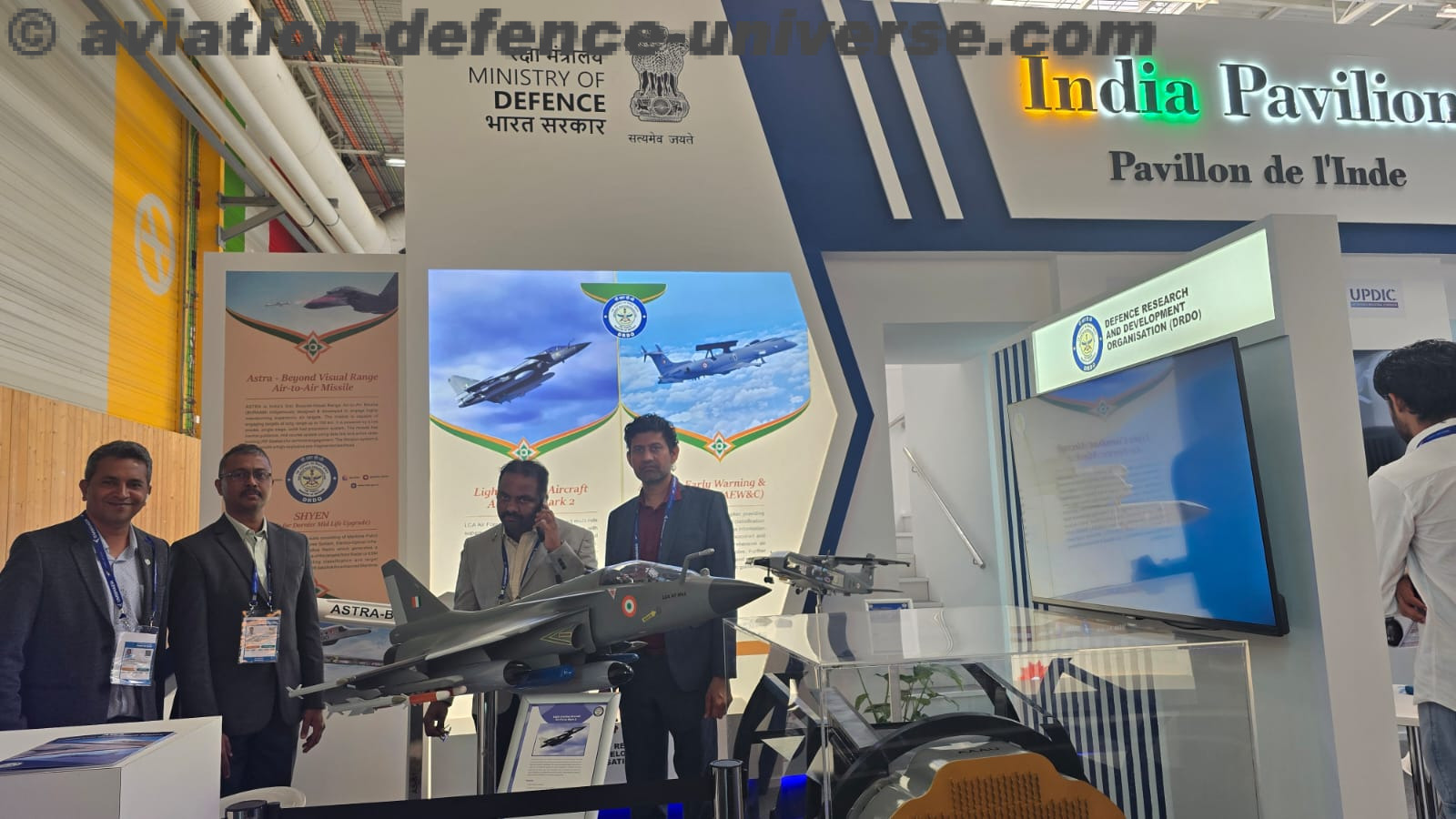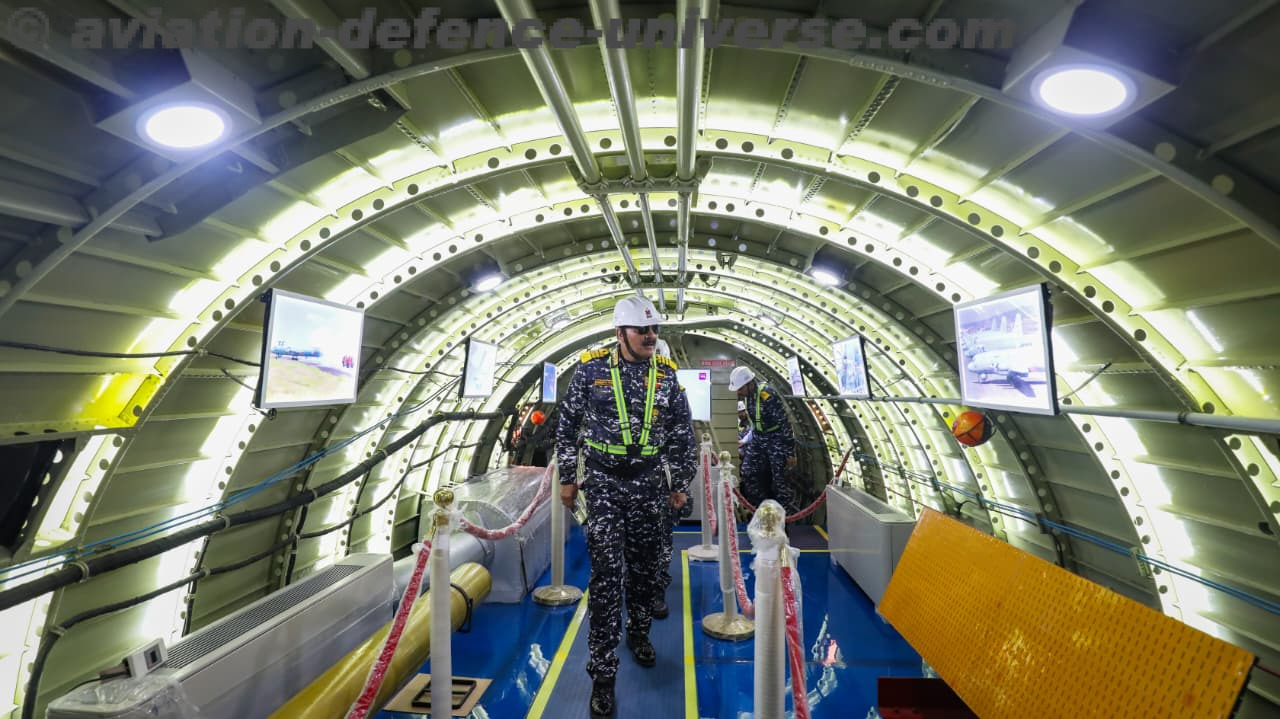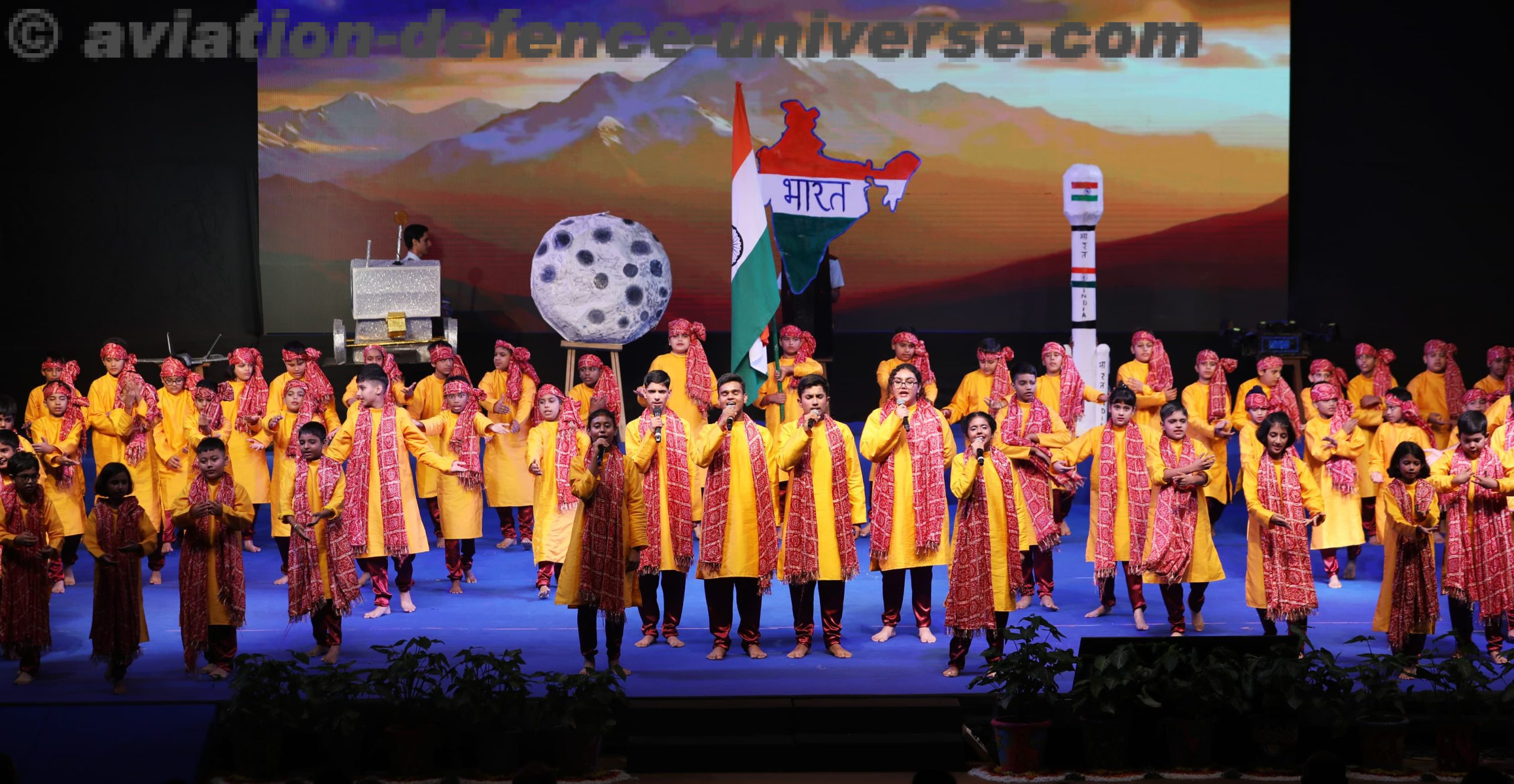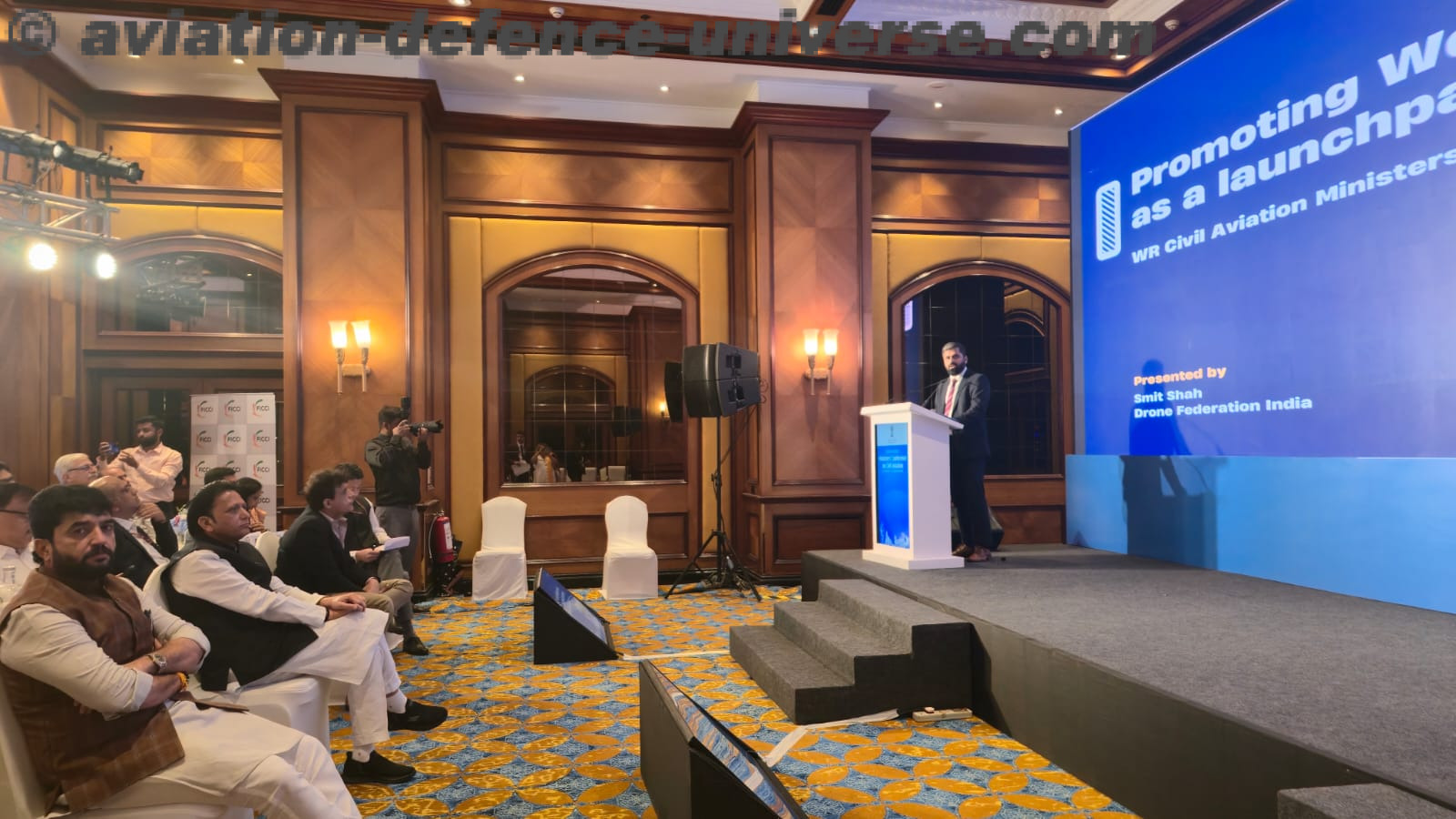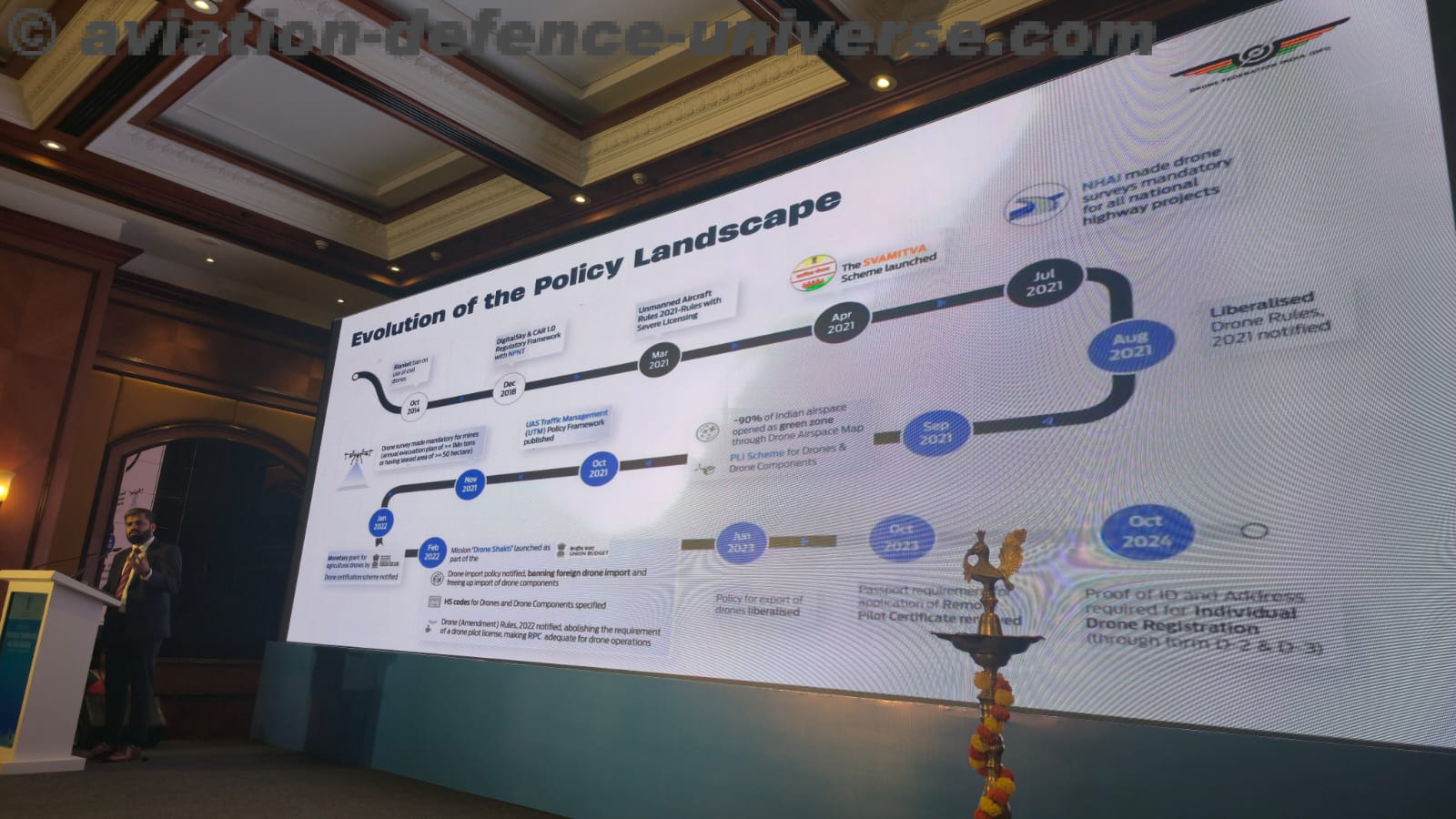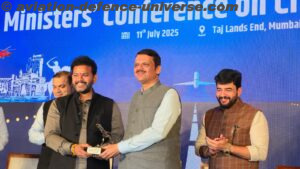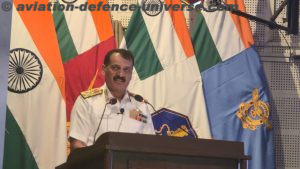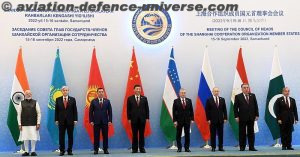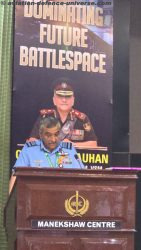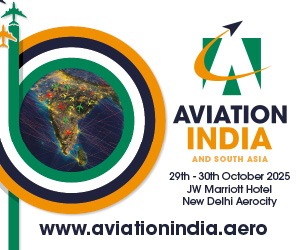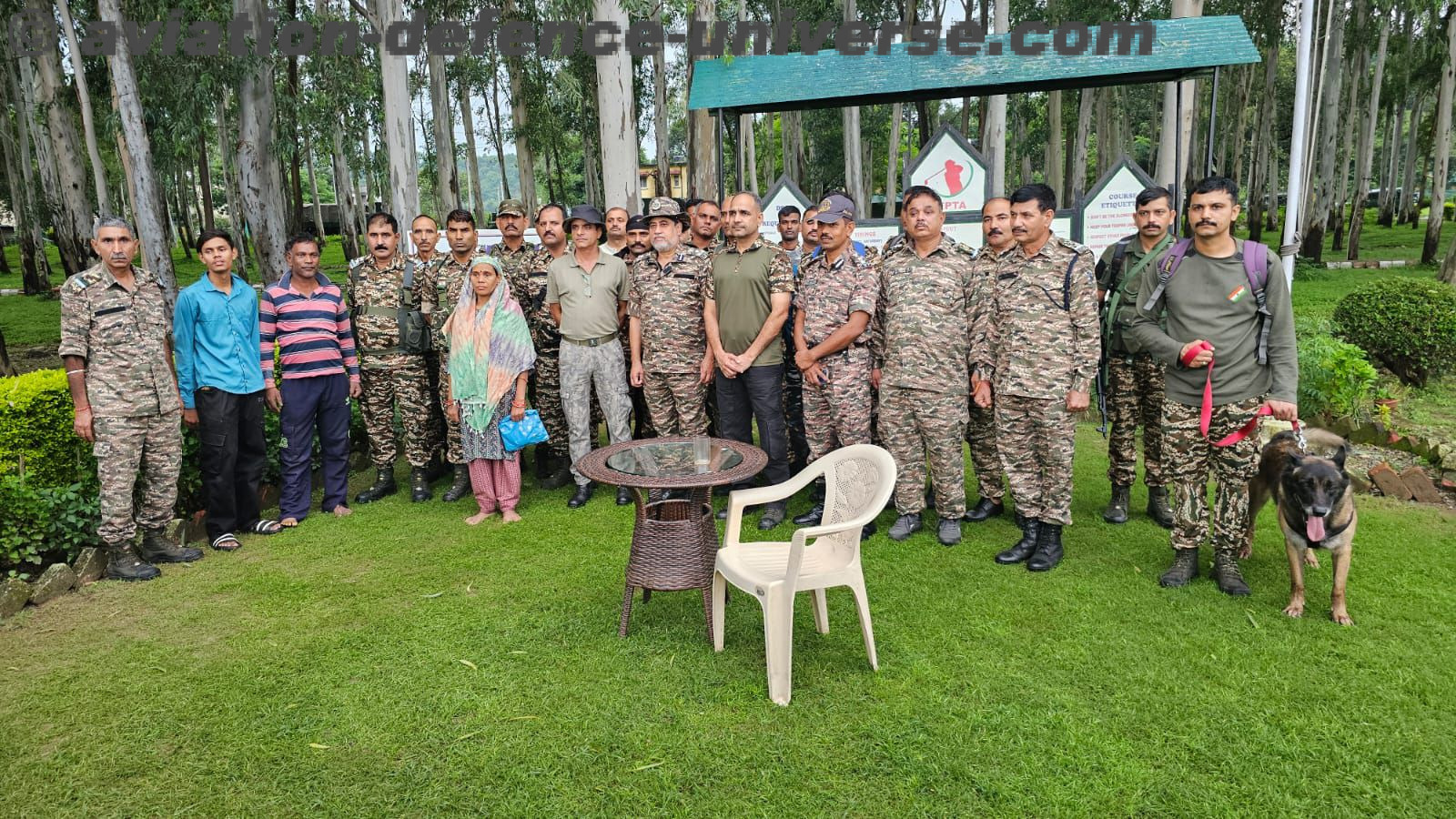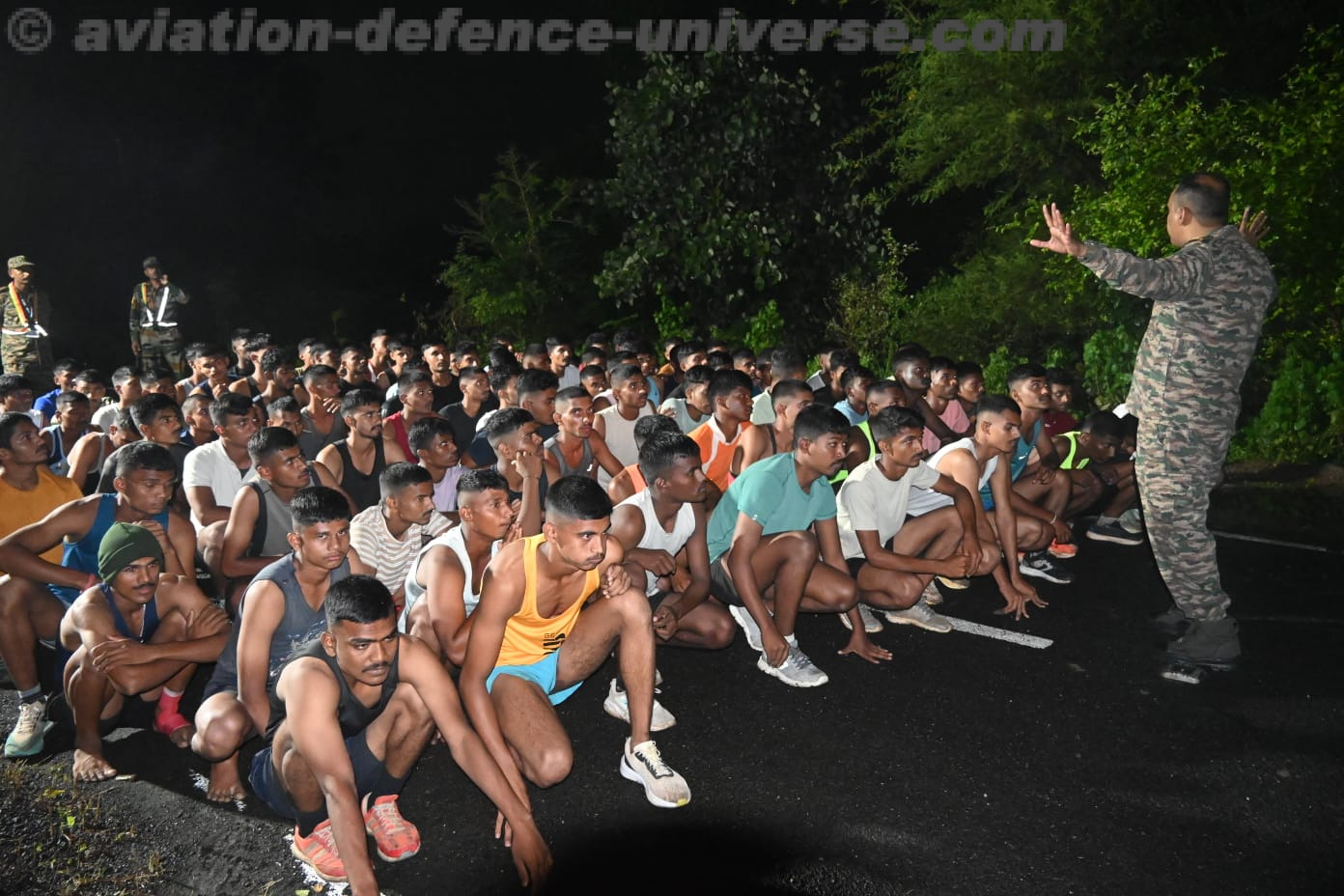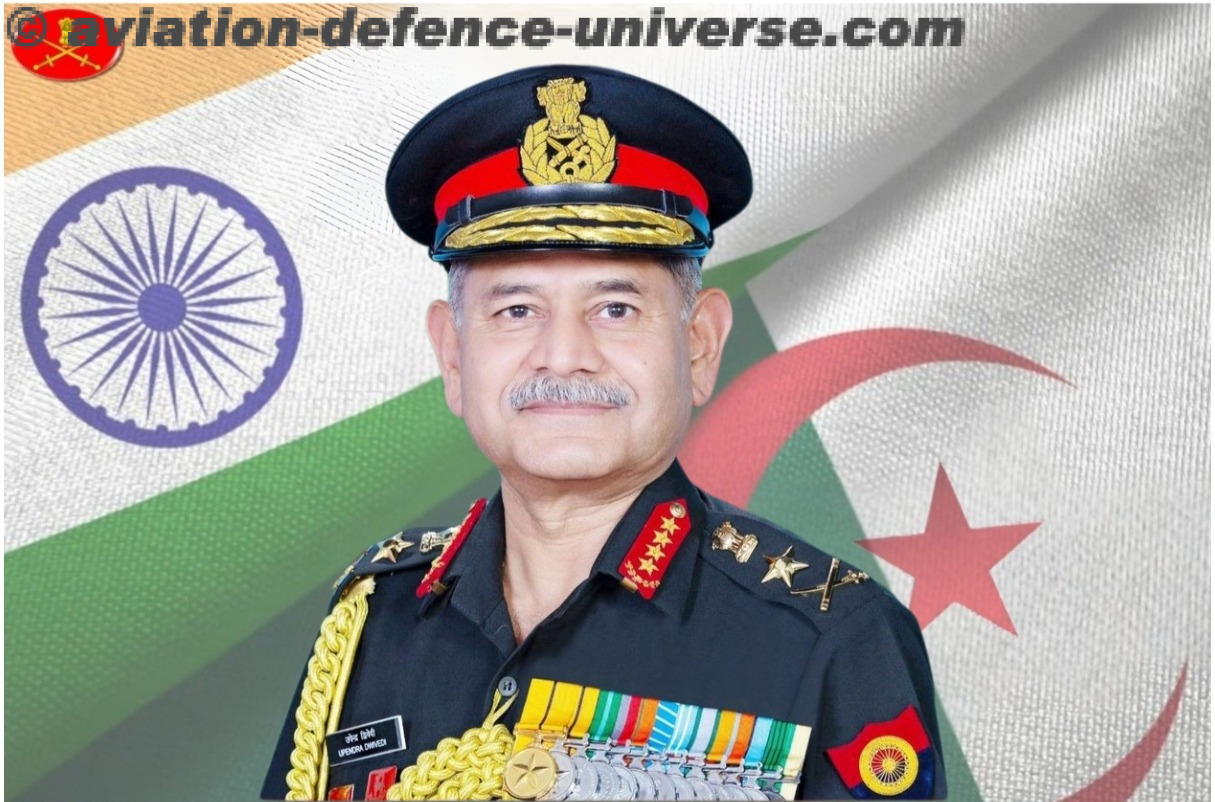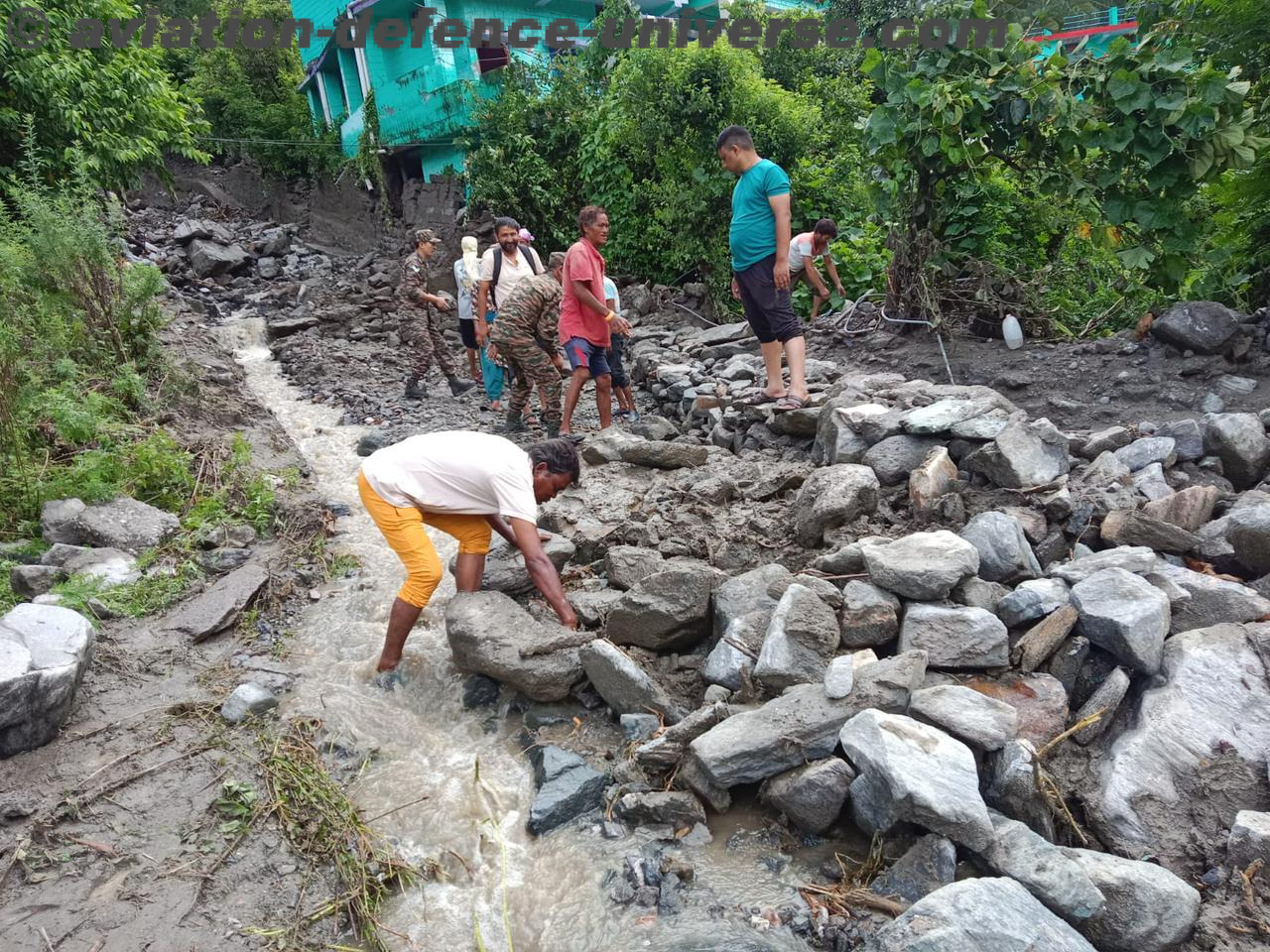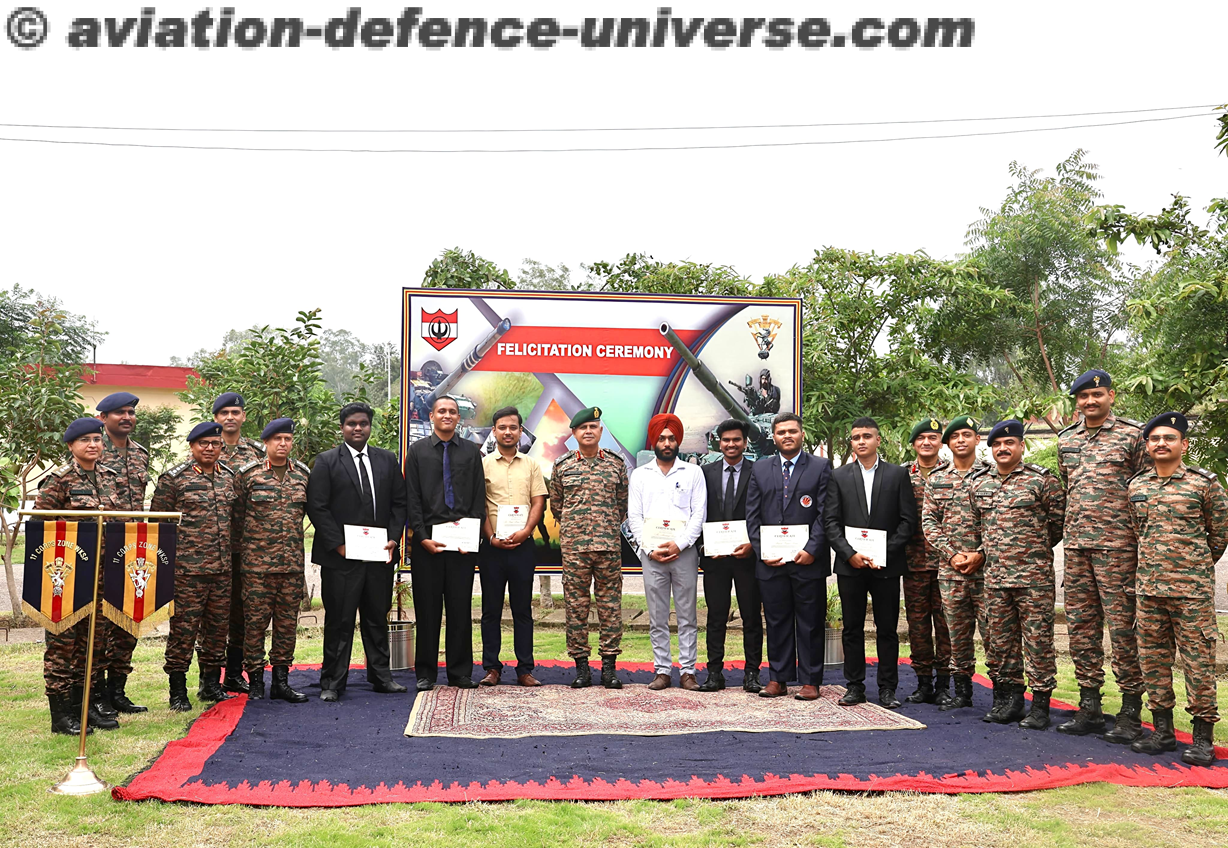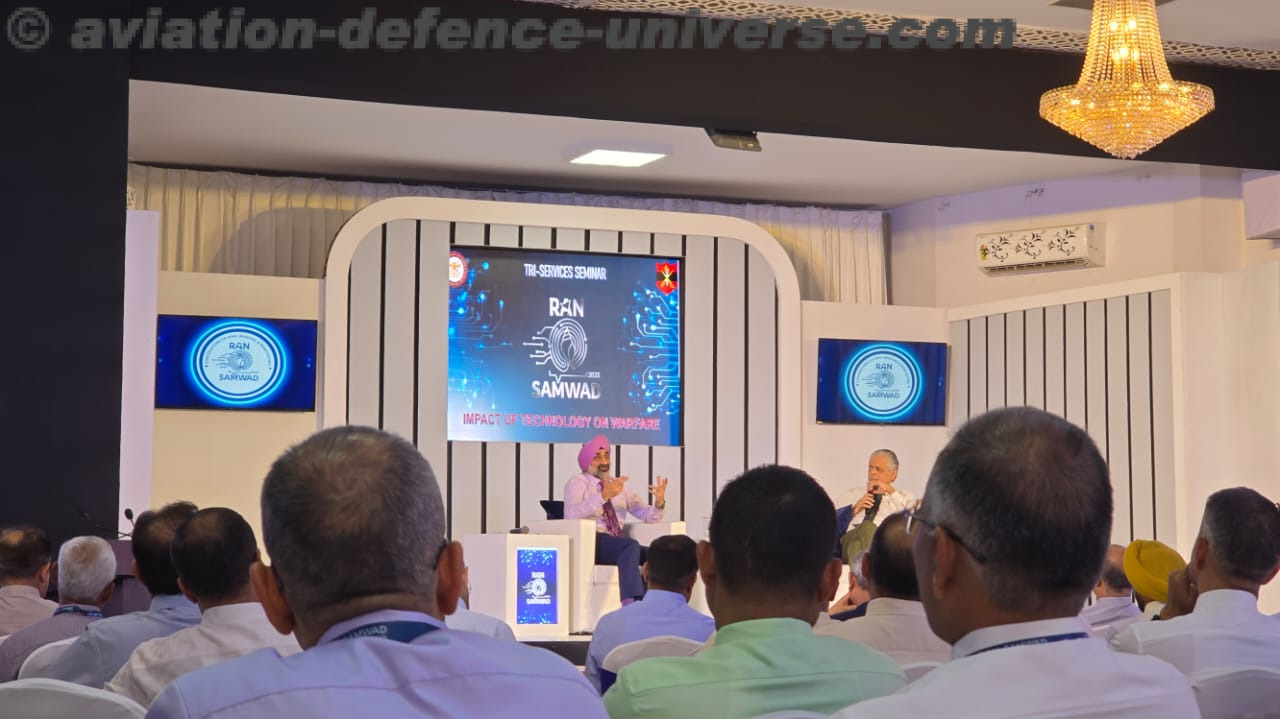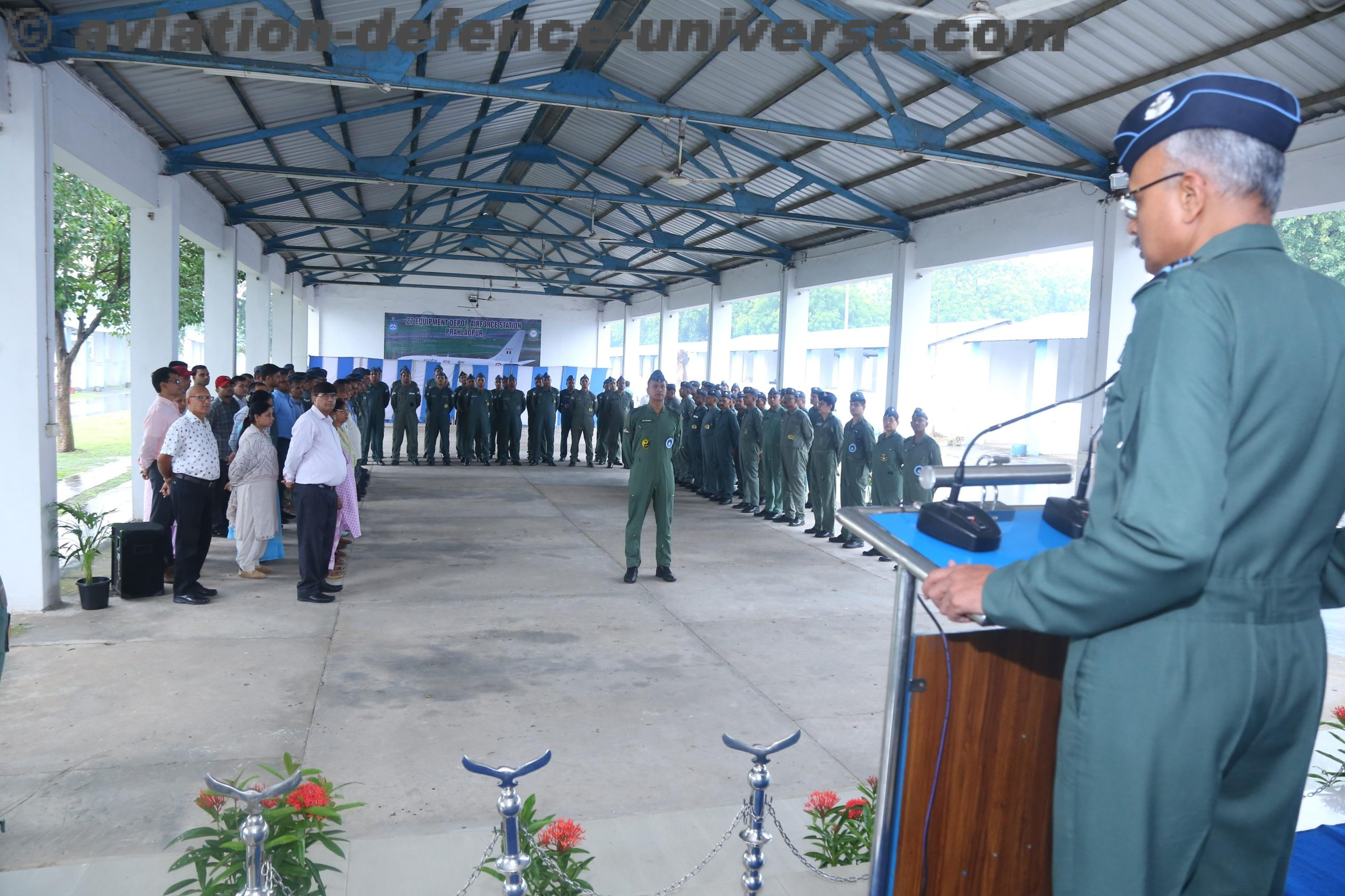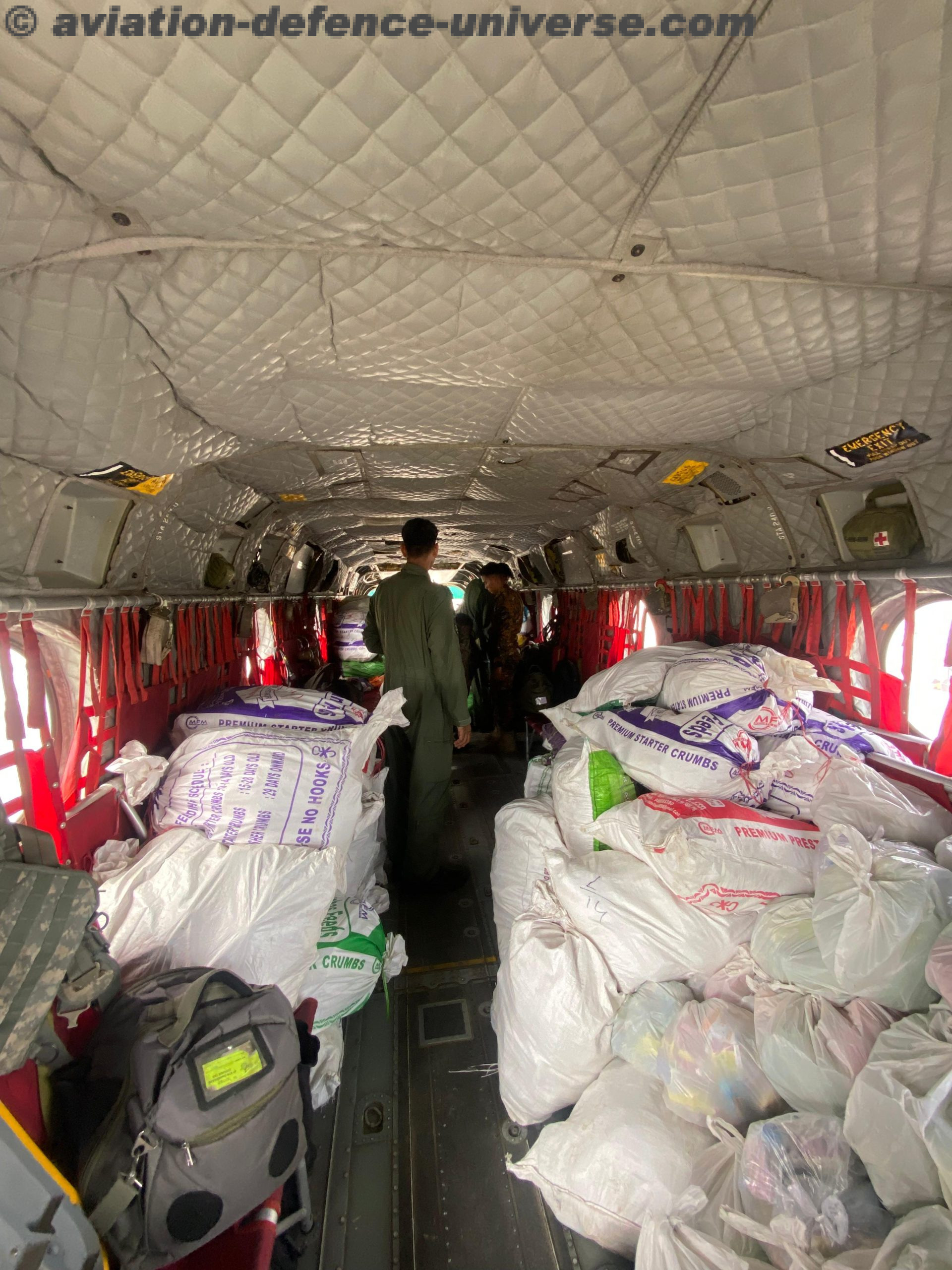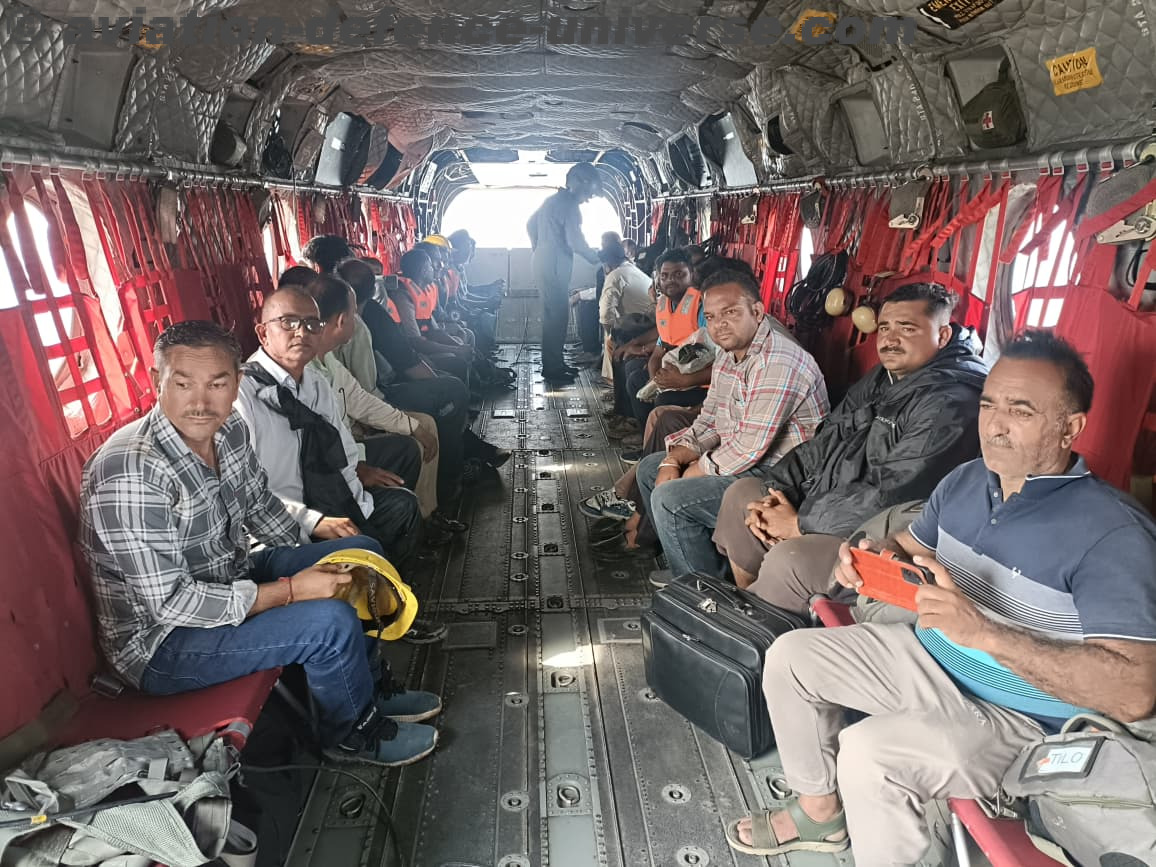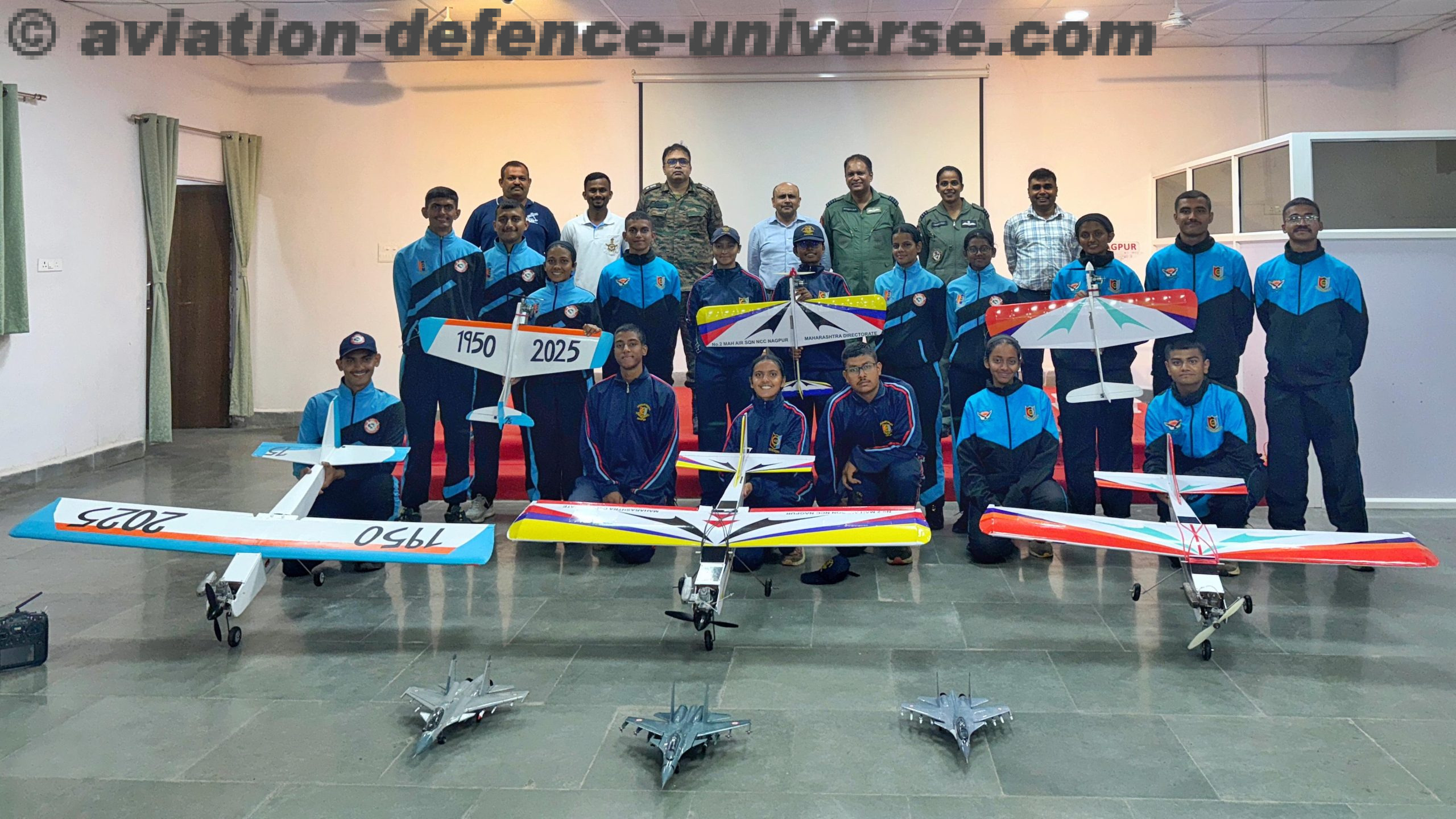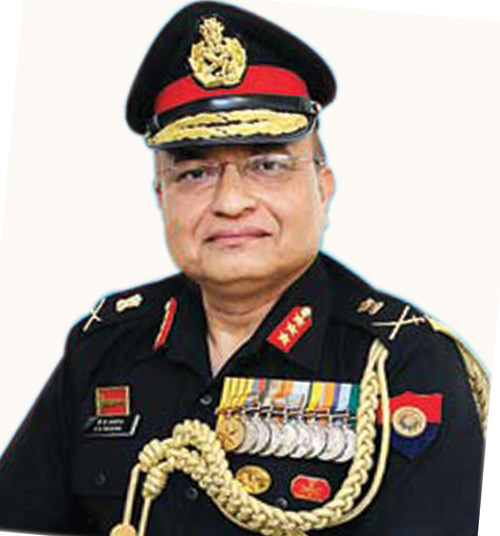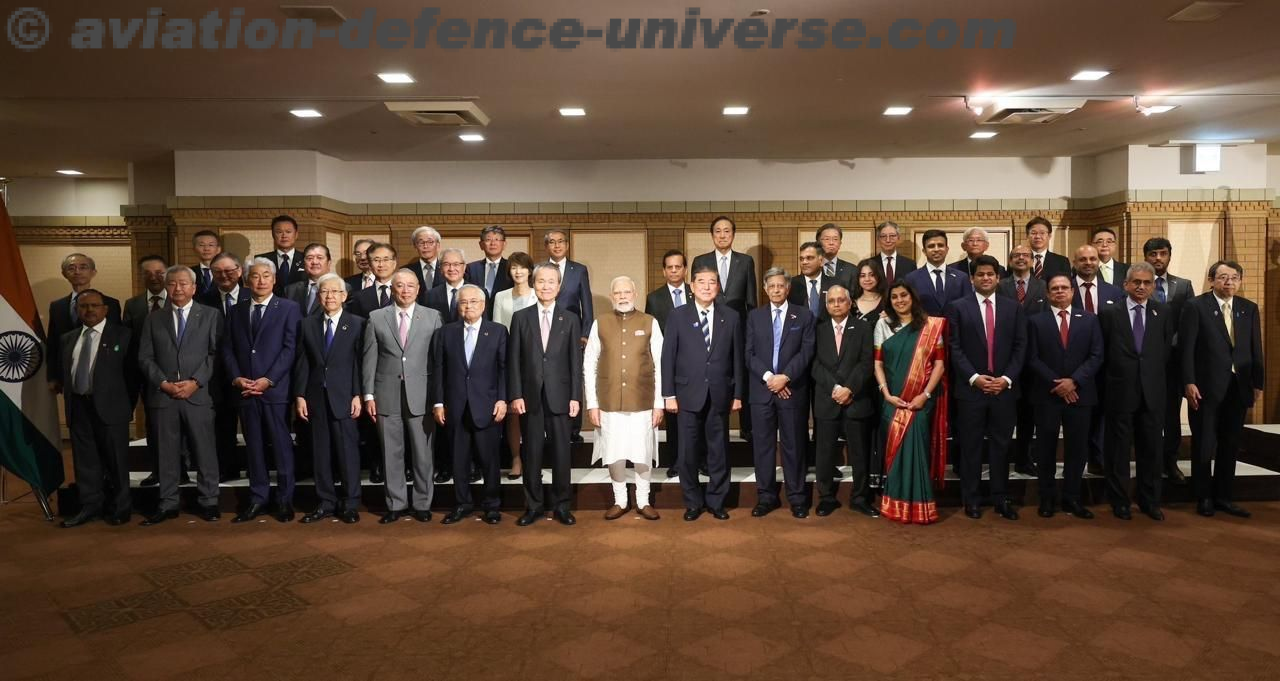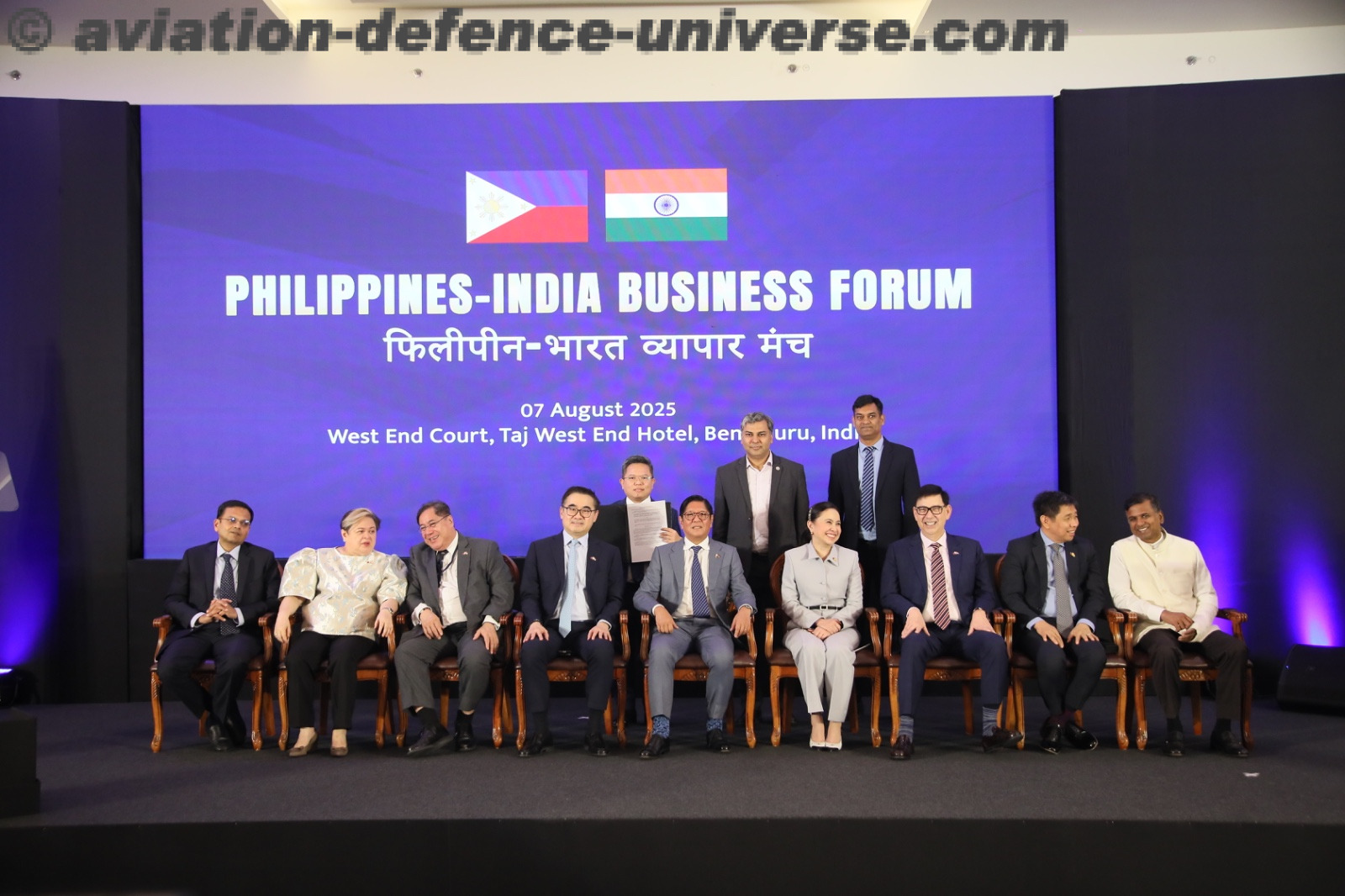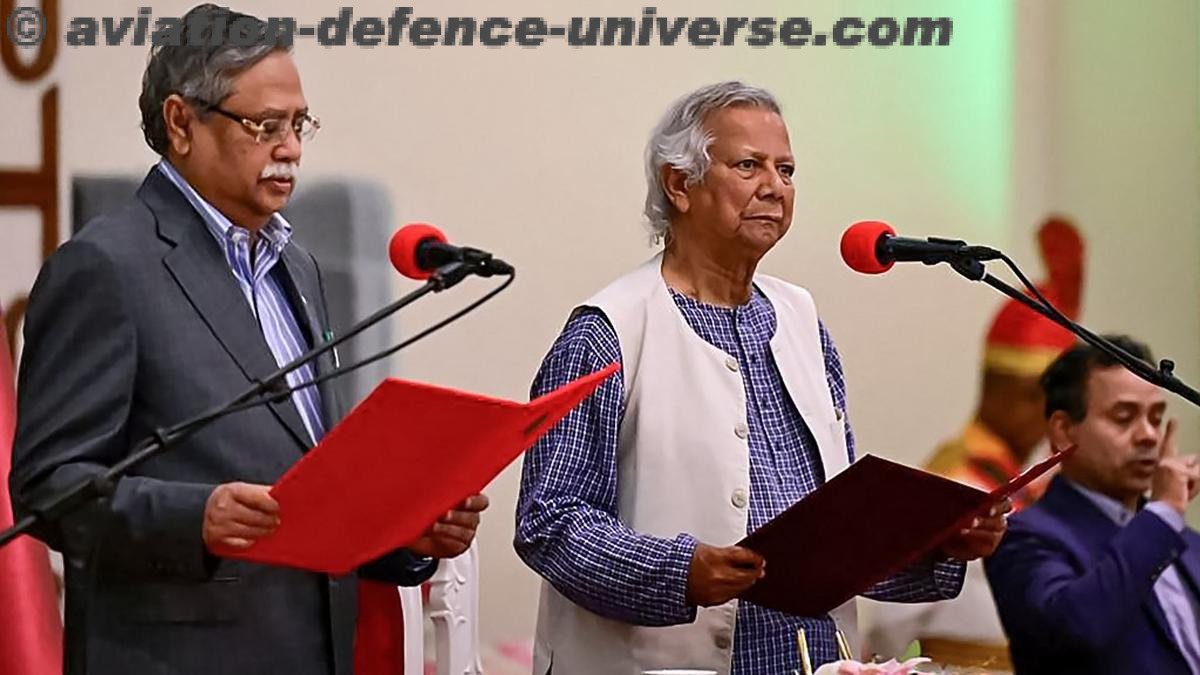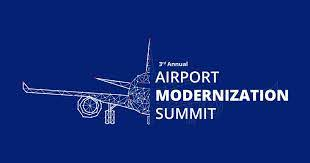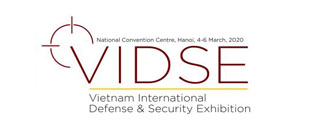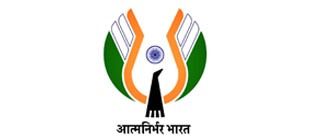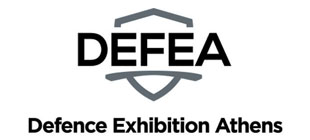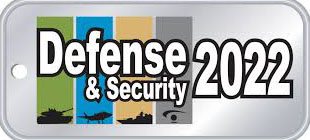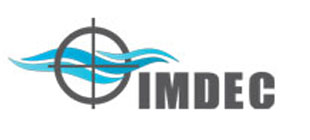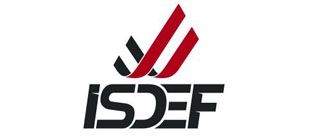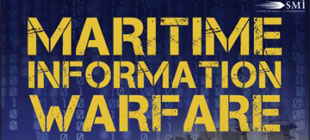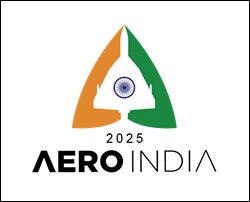- Grounded in Vision, Soaring in Execution: India’s Drone Future Explained by Smit Shah
By Sangeeta Saxena
Mumbai. 22 July 2025. India’s drone ecosystem is undergoing a remarkable transformation. It is a revolution and a vision taking flight under MoCA’s policy reforms. With a robust regulatory framework, visionary reforms, and collaborative industry engagement, the country is charting a bold course in unmanned aviation with three keywords – Drones, Data & Defence. India is charting a bold course for unmanned aviation and soaring towards a new altitude for empowering industry, surveillance and strategic security. As explained by Smit Shah, President of the Drone Federation of India, the journey is one of execution as much as vision—Grounded in Vision, Soaring in Execution: India’s Drone Future is an apt reflection of India’s growing leadership in both civil and defence applications of drone technology.
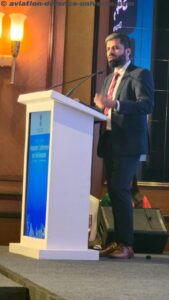
At the heart of this transformation is the Ministry of Civil Aviation’s (MoCA) comprehensive drone policy, which has laid the foundation for a rapidly expanding domestic industry. Speaking at the recently held Western Region Civil Aviation Ministers Conference organised by Ministry of Civil Aviation and FICCI , Smit Shah, President of the Drone Federation of India, shared key insights into how India’s drone journey is being shaped—from regulation to real-world application.
“If we look at drone policy, I think it’s one of the most comprehensive policies where a lot of action has happened. From the beginning, we aimed to design, develop, and manufacture drones in India—not just focus on adoption,” Shah stated. India’s landmark Drone Rules, notified in 2021, were the inflection point for an entire industry. These rules significantly liberalised permissions and airspace access, enabling a broad spectrum of users—from startups to state governments—to deploy drones for diverse tasks. The Ministry complemented regulatory ease with the Production Linked Incentive (PLI) Scheme, which offered direct financial incentives to Indian drone manufacturers.
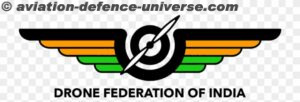
Since the 2021 policy overhaul, the sector has seen exponential growth. As per government data, over 34,000 drones have been registered with the DGCA, more than 24,000 pilots certified, and 180+ training schools established. With over 120 drone models type-certified, India now ranks among the leading nations with a structured UAS policy. “States are among the largest users—where drones improve decision-making, enhance transparency, and increase efficiency,” Shah explained. Government departments are actively leveraging drones for agriculture spraying, land surveying, mining compliance, and disaster management. Shah noted that 60–65% of drone customers are state departments or PSUs, and highlighted innovative state-level policies that offer R&D grants, IP registration support, export promotion, and skilling programmes.

Military drones in India are exempt from the jurisdiction of the Directorate General of Civil Aviation (DGCA) and the Ministry of Civil Aviation (MoCA), as they fall exclusively under the purview of the Ministry of Defence (MoD). Operated by the Indian Armed Forces—including the Army, Navy, and Air Force—as well as defence research and intelligence agencies such as DRDO and NTRO, these unmanned aerial vehicles (UAVs) are governed by classified protocols and internal defence guidelines tailored to military operations. Their deployment and flight operations are conducted in coordinated airspace, with access managed through secure defence-only communication channels in collaboration with Air Traffic Control (ATC) and relevant military aviation authorities, ensuring both operational secrecy and national security.
On regulatory matters, he clarified that issues like tracking and certification of drones, especially for national security, are being handled centrally by MoCA, DGCA, and the Airports Authority of India (AAI). He assured that compliant drones would soon have a mechanism similar to air traffic control to monitor unmanned flights in real time. Civil drones in India are regulated by the Directorate General of Civil Aviation (DGCA) and the Ministry of Civil Aviation (MoCA) under the framework of the Drone Rules, 2021, which outline the requirements for registration, airspace access, pilot licensing, type certification, import, and operational usage.
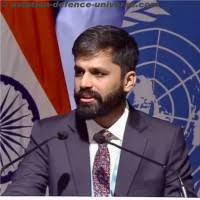
India’s drone policy has achieved what few emerging tech sectors have—synergising ease of doing business with national interest. From creating new jobs to enabling emergency services, the skies are no longer the limit. “This is a new-age sector where young entrepreneurs can scale up quickly. States can play a big role by offering special policies that go beyond just land-based incentives,” he said. With dedicated testing zones, public procurement, and inclusive incentives in place, India is not just building drones—it is shaping the future of aerial mobility.
The Drone Federation of India (DFI) is a not‑for‑profit, industry-led association established to foster a cohesive and robust unmanned aviation ecosystem in the country. Under the leadership of Smit Shah, DFI engages with over 200 drone companies and a growing network of more than 2,000 pilots, advocating for policy reforms, facilitating trade and skills development, and contributing to national standards and regulatory frameworks. With a focus on policy advocacy, operationalizing reforms, promoting industry trade, and standardizing training and certification, DFI aims to ensure India’s drone sector is safe, scalable, and globally competitive.
